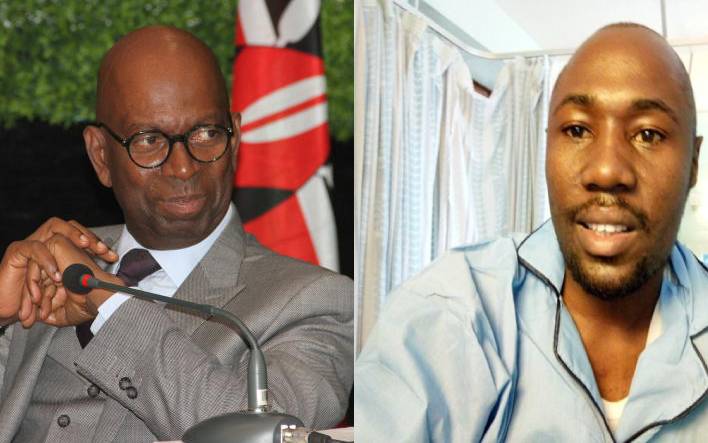×
The Standard e-Paper
Read Offline Anywhere

The late Safaricom CEO Bob Collymore (L) and late Weru TV journalist Dennis Omondi (R). Both died of leukemia. A rare type of cancer which affects the bone marrow and blood cells. [File, Standard]
Many will recall the day Bob Collymore settled on the couch to talk with Citizen TV’s Jeff Koinange about his fight with leukemia, a type of cancer that affects the blood cells.